 |
|
 |
 |
|
 |
|
They say that a picture is worth a thousand words. We could talk all day about how to determine the condition of a license plate and assign it a grade, but you probably would not understand as well as if I just showed you a few pictures as examples. Latest noteworthy updates to this page
|
|
The most important thing to know when grading license plates is that the age and scarcity of the plate are not factors in determining a grade. A 1925 plate or a 1965 plate or a 2005 plate would all have to be in the same condition to be assigned the same grade. There's no such thing as an "excellent for its age" grade. Similarly, an Alaska Governor plate and a standard-issue New York passenger plate would need to be in the same condition to receive the same grade.
That having been said, porcelain plates are graded differently than embossed or screened plates. With the exception of Delaware, porcelain plates were mostly issued in the first two decades of the 1900s (1900s and 1910s). Delaware also issued porcelain plates in the 1940s, and it authorizes reproduction porcelain plates to be used for current registrations even today. Anyway, the different grading criteria used for porcelain plates is not due to their age, but simply because of the difference in materials. Porcelain plates are much more prone to chipping and much less prone to fading or rusting than are regular plates. This page does not address the grading criteria for porcelain license plates.
Below are examples of how I assign grades to my plates, based on ALPCA grading standards. I've provided two examples for each grade. The first plate in each pair has a reflective surface, and is most likely made of aluminum and so is not prone to rusting. The second plate in each pair has a painted surface and is probably made of steel.
Please keep in mind that in spite of the grading standards, there is still an element of subjectivity to determining grades. At the bottom of the page are some links to some other plate collectors' grading guides. Check these out to see how we differ in interpreting the ALPCA standards.
(Unlike most other pages on this web site, not all of the plates shown on this page are currently part of my personal collection. Some of the plates shown here were previously in my collection or were in my trade box.)
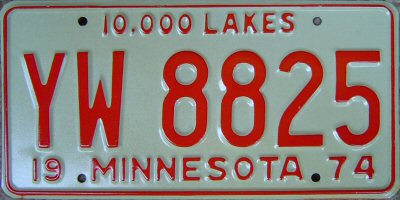
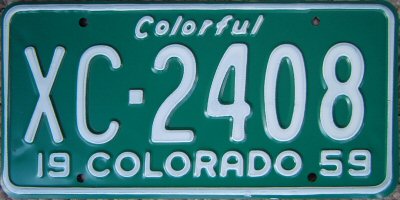
For a plate to be considered in mint condition, it must be as completely flawless as the day it was made. There must be no signs of use whatsoever, and no deterioration of condition due to age. Manufacturing flaws are acceptable, but any that are significant should be mentioned in addition to the grade.
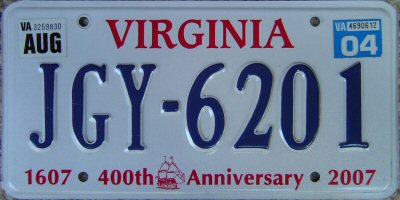
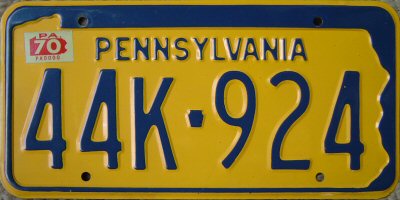
There's very little difference between a mint plate and an excellent plate; so there's not really room between the two for intermediate categories such as "mint minus" or "excellent plus". An excellent condition plate would be nearly flawless in condition, but would have some very minor signs of use such as light marks around the bolt holes from having been attached to a vehicle. You can see the light bolt marks most readily at the upper left bolt holes of these two plates.
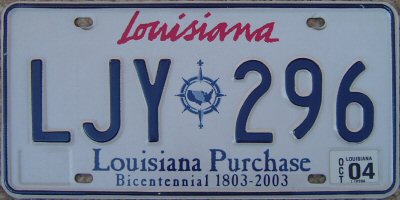
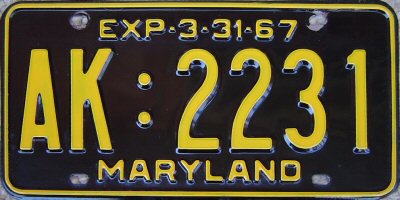
An excellent minus plate will typically have more pronounced bolt markings than an excellent plate, possibly even some missing paint at the bolt holes, but will still be an otherwise outstanding, rust-free example. The plate may also have some very light scratches or other imperfections.
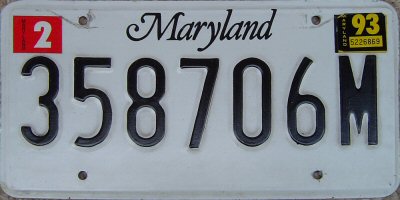
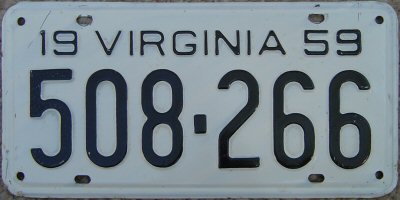
Scratches are more evident, but are still fairly minor and are confined to the areas around the bolt holes or corners. Possibly some other minor paint problems, but still rust-free.
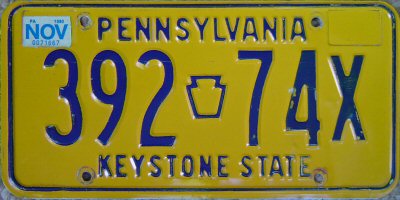
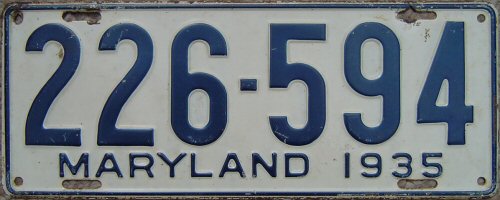
Minor paint fading, perhaps some noticeable but still minor scratches and/or other paint problems in the main body of the plate or on the numbers. Very slight rust on the edges or at the bolt holes is acceptable.
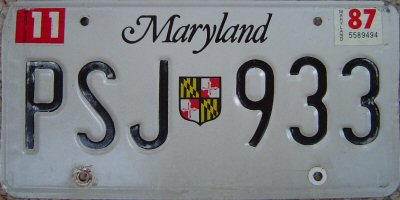
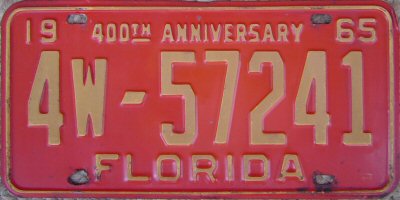
Similar defects to those of a very good plate, but more pronounced. More significant paint problems and/or surface rust at the edges or bolt holes.
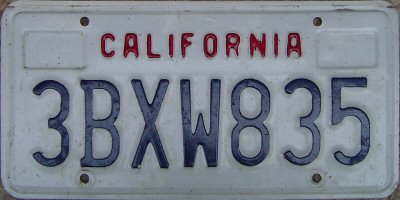
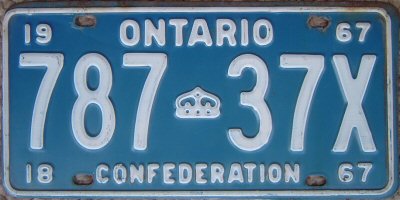
Although these are reasonably presentable plates, one's eye is nevertheless drawn to the defects. The main body of the plate may have evident paint issues, or there may be extensive surface rust at the edges or boltholes. (It's kind of hard to see these, but the California plate's surface is damaged from extensive bug debris that remained on the plate for a long time; the Ontario plate is rusted along the entire top edge.)
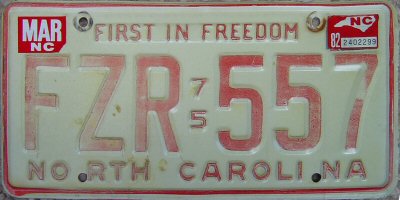
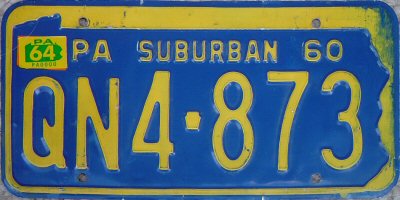
Problems that would cause a plate to only be rated "good" include obvious paint fading or discoloration, and/or minor rust on the main body of the plate.
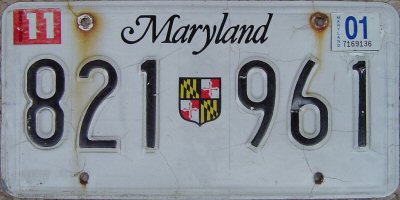
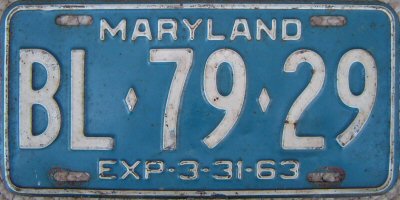
Good minus plates would have problems similar to, but more significant than, those of a good plate. Paint problems and rust on the main part of the plate make these plates rather ugly.
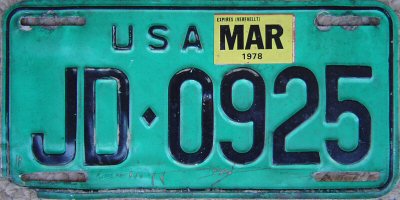
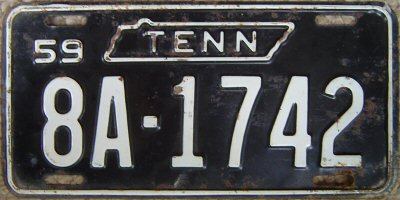
Obvious rust problems are increasingly evident on the body of the plate. Fair plus plates may have noticeable scrapes or similar flaws.
(In case you were wondering, "USA" plates such as the one shown above were issued to members of the U.S. military for registration of personal vehicles used while stationed in Germany.)
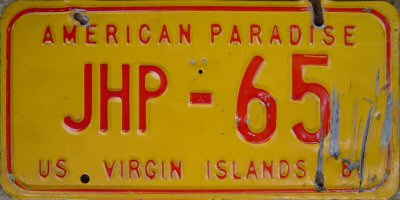
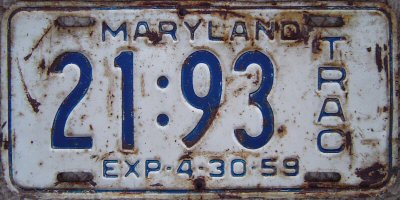
Fair condition plates may have substantial rust, heavy scrapes, torn bolt holes, and other similar problems that significantly detract from the overall appearance of the plate. However, all of the paint colors would still be evident.
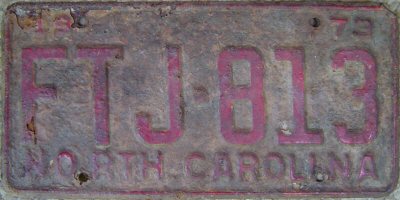
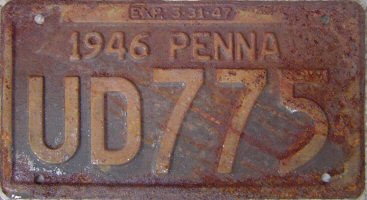
You will notice that I did not include the intermediate grades "fair minus" or "poor plus". This is not because there is no room for differentiation between the grades fair and poor, but rather because having such fine levels of grading is rather pointless when dealing with plates in such undesirable condition. A pig wearing lipstick is still a pig.
Poor plates usually have heavy rust, possibly including places where the metal is pitted or eaten through completely. Plates in poor condition may also have major bends and dents, missing sections, etc. In any case, they are not easily restorable. Poor is the lowest grade. Plates in worse condition than these shown would still be considered poor.
Related pages on this site |
Elsewhere on the web |
This page is W3C valid |